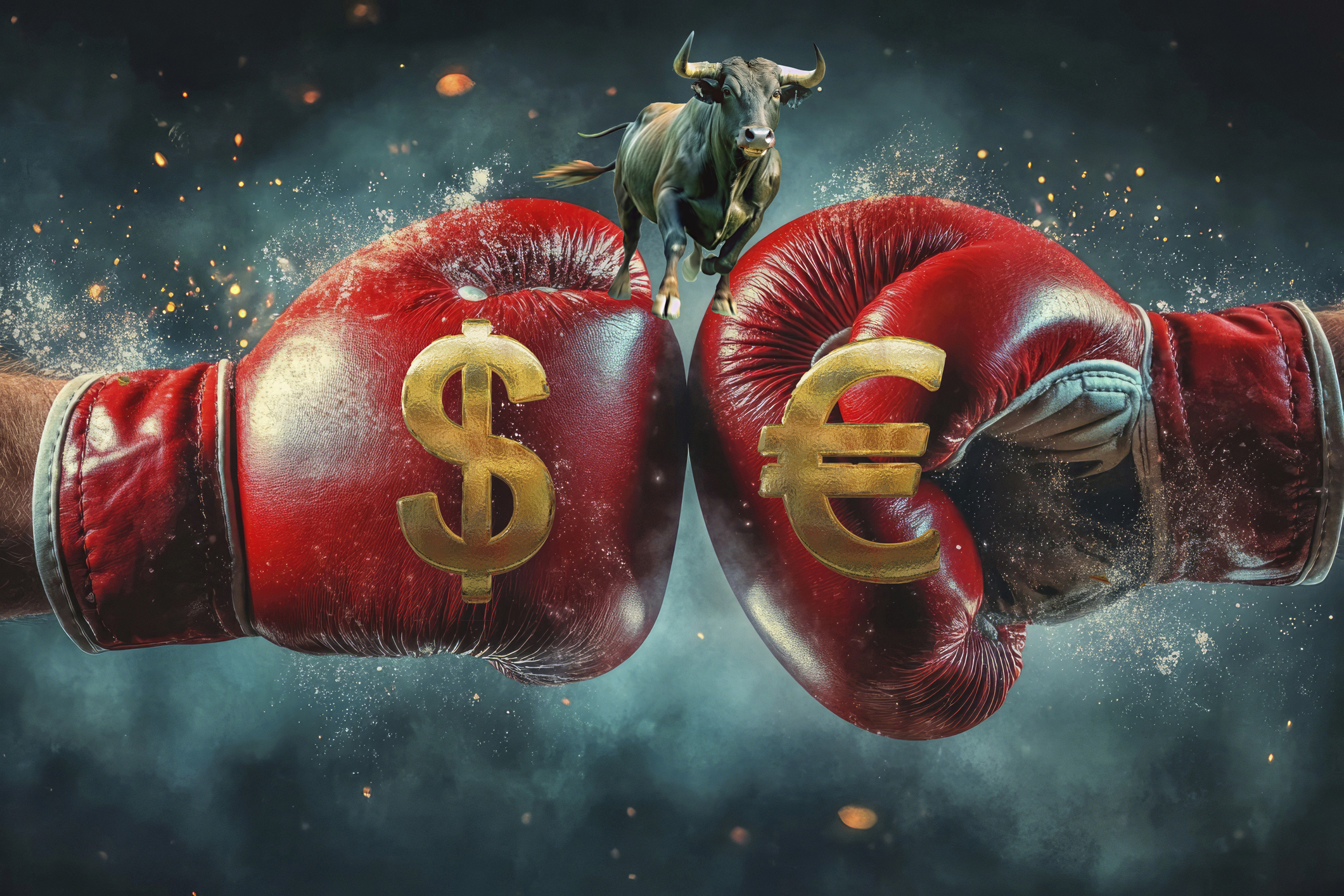Simple Formulas for Success
The Hennessy funds use a computer models to pick stocks. And their recipes are surprisingly straightforward.
You almost do have to be a rocket scientist to decipher the formulas employed in computer-driven mutual funds. In their mission to identify the most promising stocks, many quantitative-based funds use complex software programs that average investors -- and even professionals -- may find baffling. Some quant managers, such as John Montgomery of the Bridgeway funds, consider the formulas intellectual property and divulge few details about how they work.
Neil Hennessy takes the opposite approach. He gives up just about every detail of the stock-picking process used for his six Hennessy funds. As it turns out, the recipes are remarkably simple. "Our philosophy is to use models that could be understood by your average investor," says Hennessy, 51. "What we do, individuals could do themselves -- we just make it more cost-effective."
At Hennessy's Novato, Cal., office, you won't find any research analysts. That's because he doesn't need to know anything about the companies he invests in. "A lot of stocks make it into our funds that I've never heard of in my life," says Hennessy, a former stockbroker who opened this firm in 1989. In 1996, he started his first fund, Hennessy Balanced (symbol HBFBX). Since then, he's built a small empire by acquiring other funds, branding them with his name and installing his own quantitative strategy. Today, his funds contain $2 billion in assets.
From just $107.88 $24.99 for Kiplinger Personal Finance
Become a smarter, better informed investor. Subscribe from just $107.88 $24.99, plus get up to 4 Special Issues

Sign up for Kiplinger’s Free Newsletters
Profit and prosper with the best of expert advice on investing, taxes, retirement, personal finance and more - straight to your e-mail.
Profit and prosper with the best of expert advice - straight to your e-mail.
One of Hennessy's best performers is Cornerstone Growth (HFCGX). The fund is based on the research of James O'Shaughnessy, author of What Works on Wall Street, from whom Hennessy acquired the fund in late 2000. Over the past five years through February 28, Cornerstone Growth gained an annualized 14%. It has lost money in only one year, 2002, when it dropped 5%.
For Cornerstone Growth, Hennessy first screens for companies with market values of at least $175 million. Next, he identifies companies with annual earnings that are higher than the previous year's. Finally, he screens for price-to-sales ratios of 1.5 or less. "We will not pay more than $1.50 for $1 in sales," he says. Hennessy then purchases equal dollar amounts of the 50 qualifiers with the best relative strength over the past three, six and 12 months (relative strength measures performance versus the overall market).
This formula, Hennessy says, eliminates emotion from the stock-picking process. It uses criteria that captures both growth- and value-oriented companies, and pinpoints cheap stocks that most investors haven't discovered yet.
Hennessy prefers to use price-to-sales ratios in his screens because, he says, sales are less subject to accounting manipulation than earnings (the price-to-sales ratio is essentially a company's stock-market value divided by revenues over the past 12 months). By focusing on sales rather than profits, the Hennessy funds often overload on economically sensitive companies that are in the sweet spot of the cycle.
But Hennessy says he's often out of a stock before it starts to cool because he rebalances each fund annually. Cornerstone rebalances in the winter (he won't say exactly when.) Its younger sibling, Cornerstone II (HENLX), uses the same process but makes its stock switches in the summer. The different rebalancing tends to minimize overlap between the two portfolios.
In recent years, Hennessy's best performer has been Focus 30 (HFTFX), a 30-stock fund he acquired from Sym Financial in 2003. The fund, which focuses on midsize companies, has been the top-performing mid-cap fund over the past three years, with a 19% annualized return. Focus 30 uses a screening process similar to that of Cornerstone Growth, except that it hunts for companies with market capitalizations between $1 and $10 billion, eliminates foreign companies, and holds only 30 stocks.
The other funds in Hennessy's stable are Cornerstone Value (HFCVX), which screens for large, undervalued companies that pay generous dividends; and Total Return (HDOGX), which invests 25% in U.S. Treasuries and 75% in the ten highest-yielding stocks in the Dow Jones Industrial Average (known as the "Dogs of the Dow" strategy). Hennessy says he's interested in expanding his empire by buying more funds. The next, he says, will likely be a large-company growth fund.
The funds' annual expenses range from 1.15% for the Cornerstone Value fund to 1.34% for the Balanced fund. Cornerstone Growth and Cornerstone Growth II charge 1.21% and 1.25%, respectively. These fees are below average for small-company focused funds, though they're far from rock-bottom.
Profit and prosper with the best of Kiplinger's advice on investing, taxes, retirement, personal finance and much more. Delivered daily. Enter your email in the box and click Sign Me Up.
-
 Dow Soars 600 Points as Trump Retreats: Stock Market Today
Dow Soars 600 Points as Trump Retreats: Stock Market TodayAnother up and down day ends on high notes for investors, traders, speculators and Greenland.
-
 12 Tax Strategies Every Self-Employed Worker Needs in 2026
12 Tax Strategies Every Self-Employed Worker Needs in 2026Your Business Navigating the seas of self-employment can be rough. We've got answers to common questions so you can have smoother sailing.
-
 7 Hybrid Adviser Services, Reviewed
7 Hybrid Adviser Services, ReviewedThese hybrid adviser services aim for a sweet spot that combines digital investing with a human touch.
-
 The 5 Best Actively Managed Fidelity Funds to Buy and Hold
The 5 Best Actively Managed Fidelity Funds to Buy and Holdmutual funds Sometimes it's best to leave the driving to the pros – and these actively managed Fidelity funds do just that, at low costs to boot.
-
 The 12 Best Bear Market ETFs to Buy Now
The 12 Best Bear Market ETFs to Buy NowETFs Investors who are fearful about the more uncertainty in the new year can find plenty of protection among these bear market ETFs.
-
 Don't Give Up on the Eurozone
Don't Give Up on the Eurozonemutual funds As Europe’s economy (and stock markets) wobble, Janus Henderson European Focus Fund (HFETX) keeps its footing with a focus on large Europe-based multinationals.
-
 Vanguard Global ESG Select Stock Profits from ESG Leaders
Vanguard Global ESG Select Stock Profits from ESG Leadersmutual funds Vanguard Global ESG Select Stock (VEIGX) favors firms with high standards for their businesses.
-
 Kip ETF 20: What's In, What's Out and Why
Kip ETF 20: What's In, What's Out and WhyKip ETF 20 The broad market has taken a major hit so far in 2022, sparking some tactical changes to Kiplinger's lineup of the best low-cost ETFs.
-
 ETFs Are Now Mainstream. Here's Why They're So Appealing.
ETFs Are Now Mainstream. Here's Why They're So Appealing.Investing for Income ETFs offer investors broad diversification to their portfolios and at low costs to boot.
-
 Do You Have Gun Stocks in Your Funds?
Do You Have Gun Stocks in Your Funds?ESG Investors looking to make changes amid gun violence can easily divest from gun stocks ... though it's trickier if they own them through funds.
-
 How to Choose a Mutual Fund
How to Choose a Mutual Fundmutual funds Investors wanting to build a portfolio will have no shortage of mutual funds at their disposal. And that's one of the biggest problems in choosing just one or two.